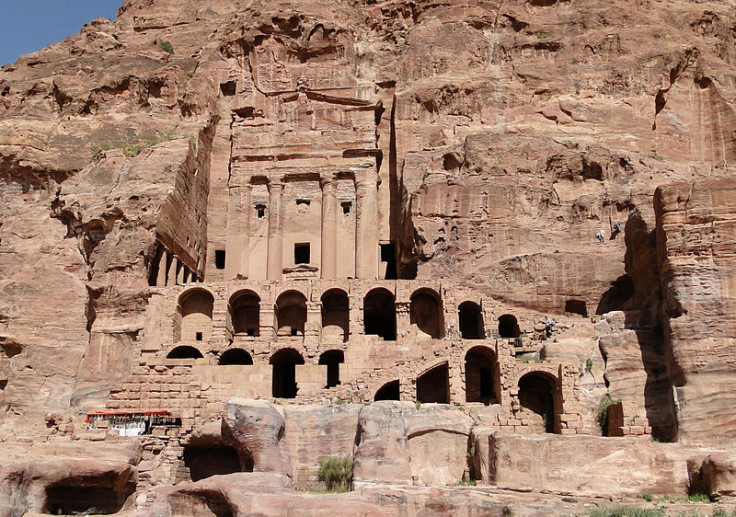Did Ancient Nabataeans Build Petra to Track the Sun?

Spanish and Italian scientists studying the lost city of Petra believe that it and other ancient cities built by the Nabataeans were built to track astronomical movements of the sun.
The results of their statistical analysis, Light and Shadows over Petra: Astronomy and Landscape in Nabataean Lands, has been published in the Nexus Network Journal and indicates that equinoxes, solstices and other astronomical events influenced the Nabataean religion.
The Nabataeans were an ancient Semitic people originating from the borderland between Arabia and Syria who settled in the land of Edom (now southern Jordan).
Their culture existed from 586BC-AD106 when the Romans invaded and absorbed them into Roman emperor Trajan's newly created Province of Arabia. Their culture became diluted and eventually disappeared.
"The Nabataean monuments are marvellous laboratories where landscape features and the events of the sun, moon and other stars interact," Juan Antonio Belmonte, researcher of IAC and coordinator of the study told Spanish news agency SINC.
"The astronomical orientations were often part of an elaborate plan and possibly, a mark of the astral nature of their religion, which showed incredible 'hierophanies' or demonstrations of the sacred, on monuments related to cultic times and worship."
Petra was the capital of the Nabataean empire. During the winter solstice (21 or 22 December), the light of the setting sun enters the gate of the monastery Ad Deir and illuminates the sacred "motab", stone blocks upon which the throne of a Nabataean god was meant to stand.
"The effect is spectacular, and would have only been observable during the few days closest to this solstice," said Belmonte.

Rocks opposite the monastery catch the setting sun's rays to form a silhouette of the head of a lion - the symbol of the goddess Al Uzza, the research team added.
Their calculations showed that during summer or winter solstices, sunrays hit the Urn Tomb in such a way as to light up two interior corners of the building. The main gate of the tomb was orientated on the equinox sunset, providing a third illuminating point.
"This amazing set of three alignments within the plan of the tomb, in combination with significant features in the distant horizon, can hardly be ascribed to chance. We consider that it is a deliberate attempt to convert the hall of the Urn Tomb into a type of time-keeping device," said Belmonte.
In AD446, Bishop Jason converted the Urn Tomb into the Cathedral of Petra, a Christian tomb, and the three markers were used to determine the dates of Christmas Eve and the birth of St John the Baptist (24 June), the day that the building became consecrated into the Christian religion.
© Copyright IBTimes 2025. All rights reserved.






















